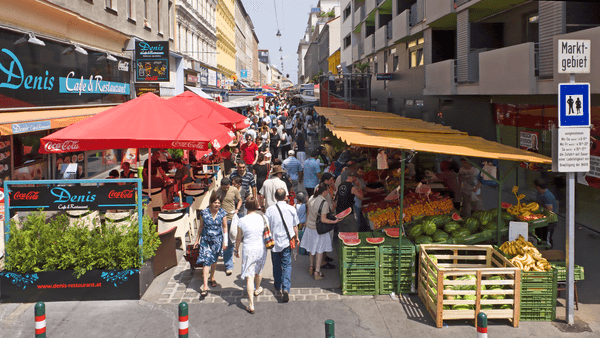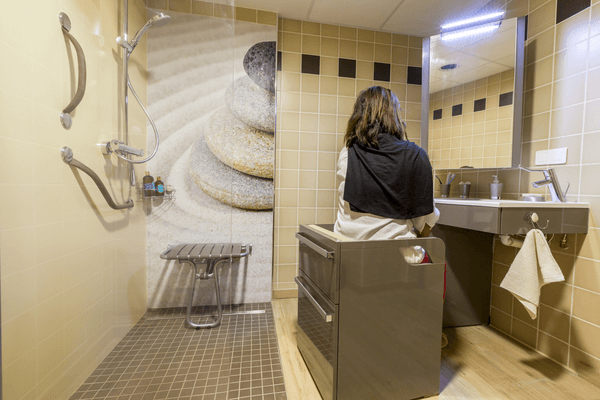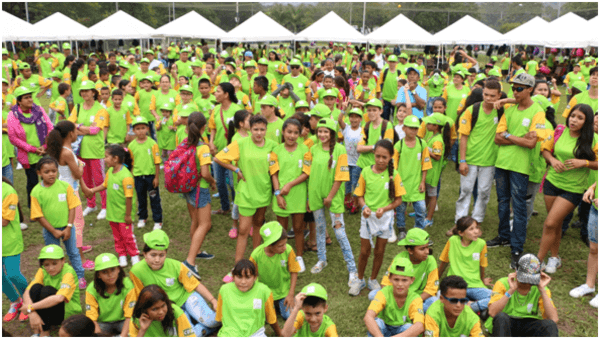
City
Santa Monica
Main actors
City Government, Private Sector, NGO / Philanthropy
Project area
Whole City/Administrative Region
Duration
Ongoing since 2014
Santa Monica, California is tapping the power of data to evaluate wellbeing. The City of Santa Monica’s Wellbeing Project has created a framework to evaluate community wellbeing, developed a mechanism to measure it and is using this data to target its policies and programs to help residents thrive.
Governments around the world are beginning to recognize that economic growth alone does not ensure a community’s success. True measures of progress take into account the wellbeing of people. We must also ask ourselves questions like: Do they feel empowered to make change? Are they happy, healthy, and connected to the community? Are they able to access opportunities for lifelong learning? Without this information, governments have no way to understand the cumulative impact of their work and are challenged to manage for better results.
Santa Monica is doing something never before done by a city in the United States. It has defined six dimensions that contribute to wellbeing –outlook, place, health, economic opportunity, learning and community– and is comprehensively measuring how its citizens and communities fare on these indicators. From there, the City is aligning resources, programs and policies to drive improvements.
The Wellbeing Project was created to be an open source to other communities, with the hope of creating a network of cities that learn from each other.
Bloomberg Philanthropies’ Mayors Challenge
This project was awarded the 'Bloomberg Philanthropies’ Mayors Challenge' in 2013.
On Map
The Map will be displayed after accepting cookie policy


